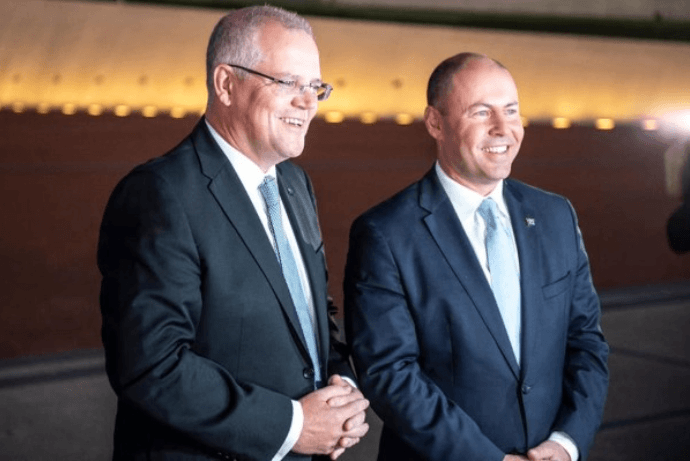Against the backdrop of an imminent election, Budget 2019-20 must be read as the basis for the Government’s narrative of its vision for the nation – to be elaborated during the campaign itself. Buoyed by a lift in prices for minerals exports (which could be transitory) and hopeful assumptions about growth in wages, the grand vision appears to be yet another fistful of dollars.
This is a concept of an Australia lacking a strong commitment to investment in social infrastructure, preferring the mantra of ‘more money in your pocket’. It demonstrates that once again that there has been inadequate attention to gender analysis.
Strategies to support the struggling regions appear to be largely driven by infrastructure big spends – which notoriously have minimal impacts on women’s employment and development opportunities.
The droughts, fires and floods are not to be addressed by significant programs to mitigate human influences on climate change – notwithstanding the demonstrable needs in the regions, let alone recognition of how innovative strategies could reduce the impacts of climate change on human health – a point which the public health community is making strongly. We point out how women, especially vulnerable women, can be especially at risk from the impacts of climate change.
The modesty of spending proposals for suicide prevention in Indigenous Australia compared to other programs suggests a lack of concern or of understanding of the social determinants of health. Modest measures to deal with mental health are welcome, but there is no overarching national vision for mental health.
Women with a disability remain under-supported through the disability policies, and we note the frightening growth of people with disabilities outside the National Disability Insurance Scheme – 90% of women with a disability are affected. There are few, if any, programs to assist.
It is becoming clear that funding for vocational education and training still lags, making a mockery of skilling our workforce for change. Little or no gender assessment has occurred to ensure apprenticeships benefit both females and males.
Social Services is planning yet another massive ‘savings exercise’ in automation of payment systems, as well as anticipating a fall in Age Pension payments as the retirement age is pushed to 67. Already many women over 50 are languishing in housing stress on the disgracefully inadequate Newstart – and of course there are no new investments in housing programs. We can anticipate more early middle-aged unemployed women going onto Newstart as work opportunities for them fail to match their inevitable ageing.
The Senate has reported on the dreadful outcomes for women, especially Indigenous women, of the Parents Next Program, and it is proposed to greatly extend the forced use of the cashless debit card without evidence that many people benefit from the costly system.
Much of the predicted and recent growth in employment is related to expanding Government subsidised programs for care for the aged, for people with disabilities, for children. These female dominated industries are notoriously lowly paid, and wages are a direct consequence of the Commonwealth programs as price putters for labour.
We find issues in re-announced measures for the National Strategy on Violence Against Women.
The overall trends in policy on superannuation, housing, education and other areas continue to see a diminution of spending on young Australians contrasted with the increasing relative generosity towards older generations.
There is no clear over-arching vision for the future of Australian society, let alone a strategy for the advancement of Australia’s women, young or old.
This overview is written by Marie Coleman, from the National Foundation for Australian Women.


